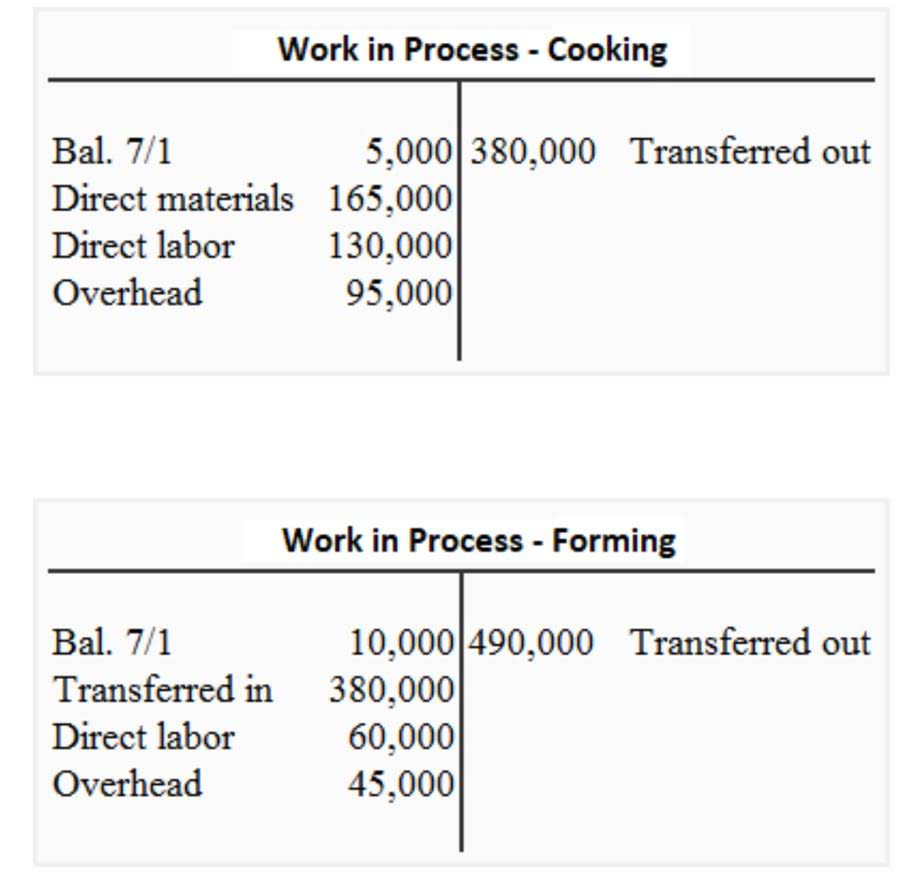
Although it’s the more simple accounting method, it doesn’t always leave you with an accurate view of the health of your business, which, in a lot of cases, can be very good to know. Many accounting software platforms offer users the option to choose either cash or accrual basis accounting. As a refresher, in cash basis accounting, income is recorded when you receive it. One important thing to note, however, is that accrual basis accounting does not give you an accurate picture of your cash flow. If you use accrual accounting, you’ll need to keep a close eye on cash flow in order to avoid potentially devastating consequences.

Cash-basis accounting sometimes impacts the timing of revenue and expense reporting until cash receipts or outlays occur. For example, as you saw above, Chris measured the performance of her landscaping business for the month of August using cash flows. Cash basis accounting recognizes revenues when cash is received and expenses when cash is paid. This can lead to an inaccurate representation of a company’s financial health, as it does not account for revenue earned but not yet received or expenses incurred but not yet paid. Cash basis accounting records revenue and expenses when actual payments are received or disbursed. On the other hand, accrual accounting records revenue and expenses when those transactions occur and before any money is received or paid out.
Benefits of Cash Basis Accounting
If you invoice a client, but they don’t pay you until next month, you recognize that revenue when it’s received, not when it’s billed. In accrual accounting, revenues and expenses are recorded when they are earned, regardless of when the money is actually received or paid. Accrual accounting is an accounting method that records revenues and expenses before payments are received or issued. It records expenses when a transaction for the purchase of goods or services occurs.

Under the accrual basis,adjusting entries are needed to bring the accounts up to date forunrecorded economic activity that has taken place. Cash basis refers to a major accounting method that recognizes revenues and expenses at the time cash is received or paid out. This contrasts accrual accounting, which recognizes income at the time the revenue is earned and records expenses when liabilities are incurred regardless of when cash is received or paid. Cash basis accounting is a method where revenue is recorded when the cash is actually received; likewise, expenses are recorded when they are paid.
Prefer watching? Explore Cash Basis VS Accrual Accounting in under 1 minute (Youtube video)
If the salon is seeking ways to better understand profits and costs, accrual-basis accounting would be a great choice. Your accounting software can help you with cash flow reporting, such as generating cash flow statements. While there are pros and cons to using this method, it can be particularly beneficial for small businesses with simple transactions or those just starting out. However, as businesses grow and become more complex, accrual accounting may be necessary. The following video summarizes the differencebetween cash and accrual basis of accounting. Cash accounting works well for many small businesses; however, if there is a concern over the health of the business and crucial details apart from cash flow, you should opt for a different accounting method.
By analyzing the inflow and outflow of cash over a period, business owners can pinpoint areas where they need to cut costs or increase revenue. One reason why businesses use this method is because it provides a more accurate picture of their current cash flow situation. Since it only includes revenue that has been received and expenses that have been paid, companies can see exactly how much money they have on hand to cover their immediate obligations. While cash basis net income can be beneficial for certain types of businesses, it’s important to weigh both the pros and cons before deciding whether or not to use this accounting method. The accrual accounting method tracks earnings and expenses when first incurred, rather than waiting to document them when money gets received or bills paid.
What Is Cash-Basis Accounting?
In addition to Forbes Advisor, she’s published articles for Medical News Today, US News and World Report. The Ascent is a Motley Fool service that rates and reviews essential products for your everyday money matters. Or if cash basis accounting measures income based on you’d rather have someone else do your bookkeeping for you, check out Bench. As a result, an investor might conclude the company is making a profit when, in reality, the company might be facing financial difficulties.
The primary focus of a cash basis income statement is to show the actual amount of money earned and spent by a business over a specific timeframe. Therefore, it only includes transactions in which cash was actually exchanged between parties. To calculate cash basis net income, you start with your total revenues for the period and subtract all of your cash expenses. Cash expenses include any costs incurred during the period that were paid out of pocket. Non-cash items such as depreciation are not included in this calculation because they do not affect actual cash flow. Businesses that use cash basis accounting recognize income and expenses only when money changes hands.
Downsides of accrual accounting
Then,accountants attempt to prepare accurate reports on the entity’sactivities for these periods. In the accrual method of accounting, account receivable and account payable are used to track amounts due from customers on credit sales and the amount your business owes to the vendor on a credit purchase. Accrual accounting creates a more accurate picture of profit or loss, so the salon’s owner can have a better understanding of its profitability from period to period. If the salon is small and the profits and costs are easily understood, it might not be worth the extra effort to the owner to use accrual-basis accounting.
Likewise, expenses for goods and services are recorded before any cash is paid out for them. Businesses must use the same method for tax reporting as they do for their own accounting records. For example, a business can experience a decline in sales one month but if a large number of clients pay their invoices with the same period, cash-basis accounting can be misleading by showing an influx of cash. For business owners, comparative analysis (to project future earnings and identify trends) can be difficult with cash-basis accounting because of scenarios like this.
